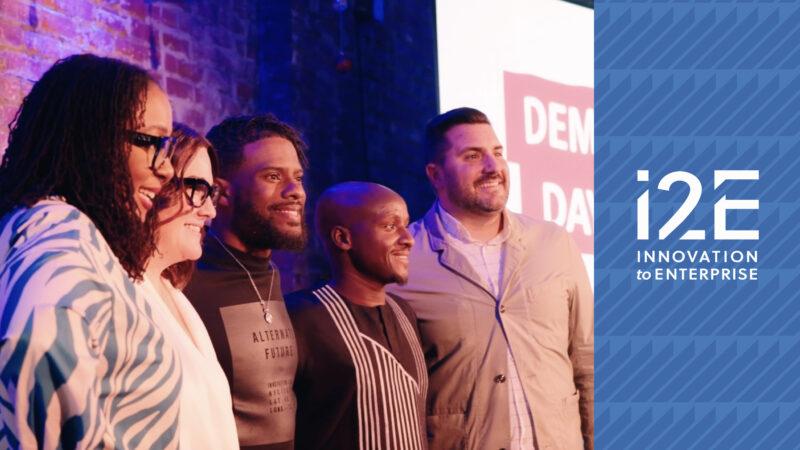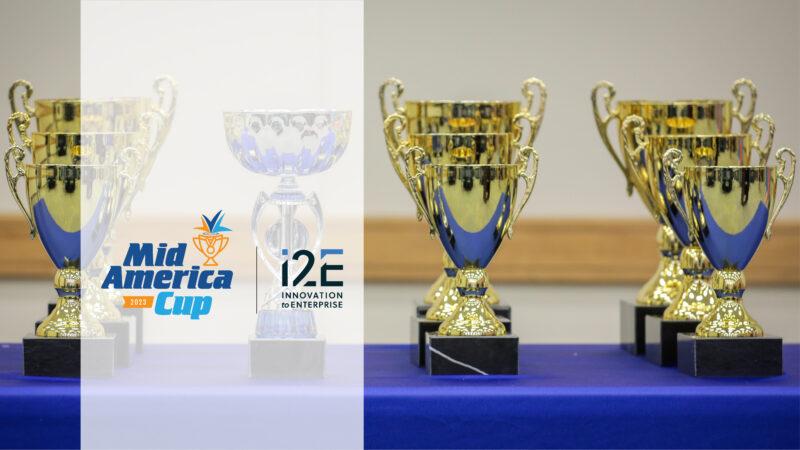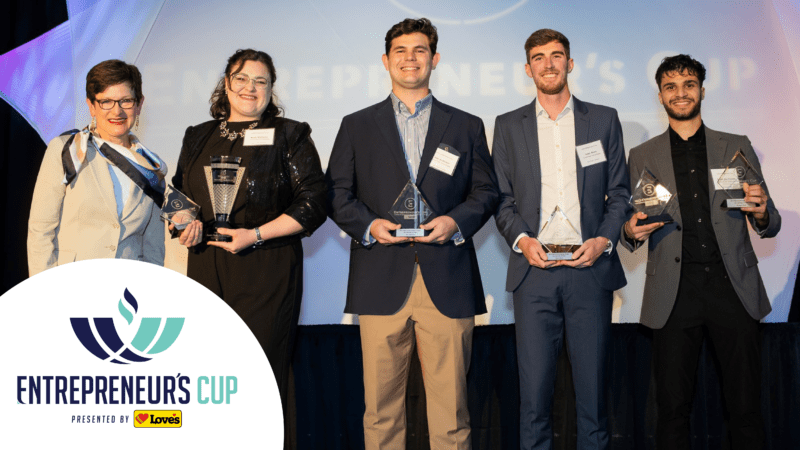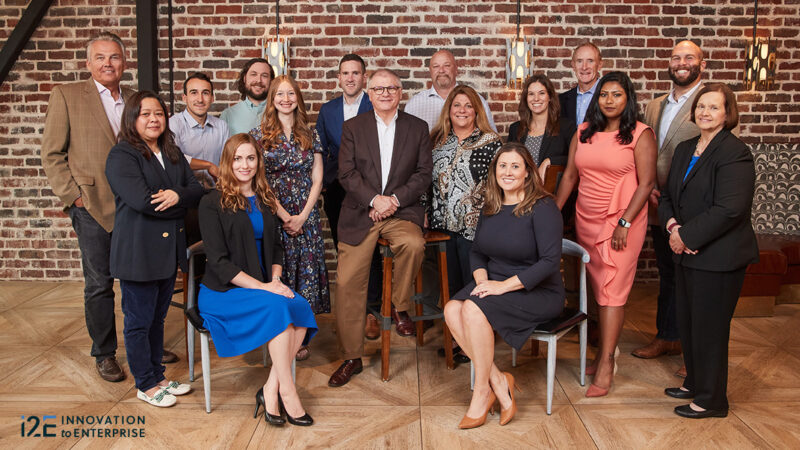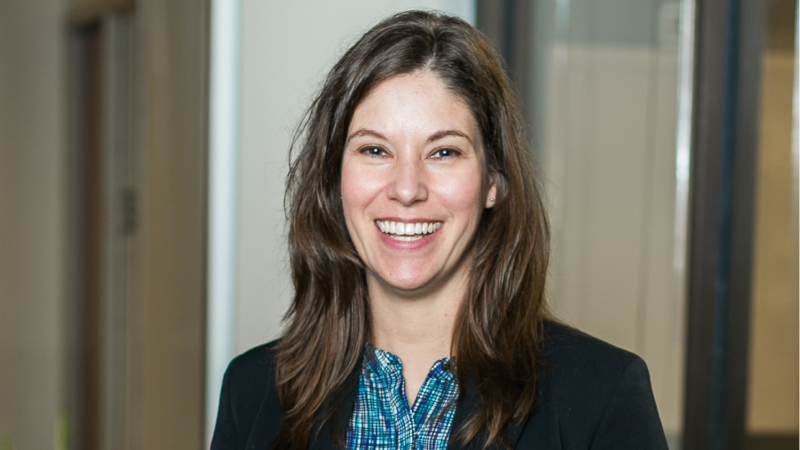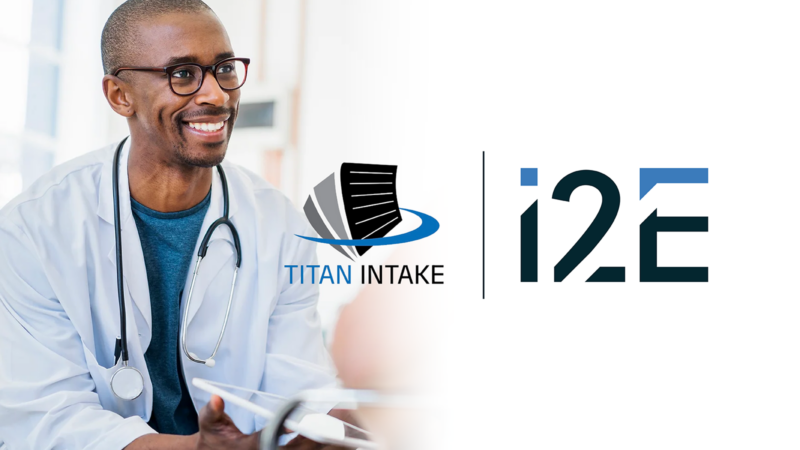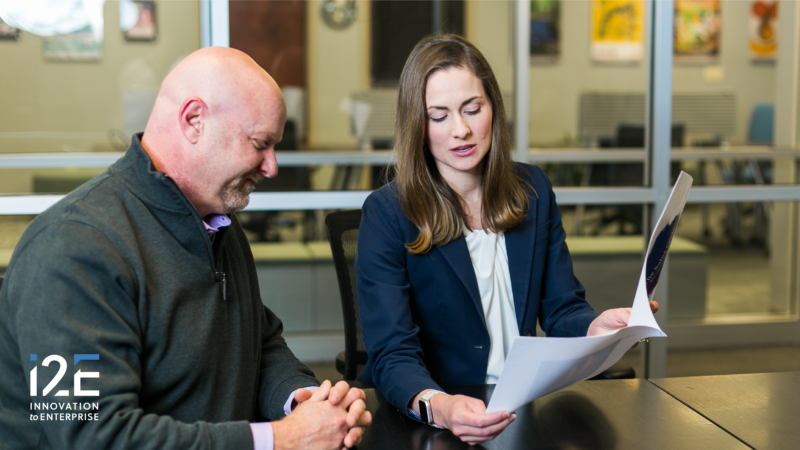By Scott Meacham
I don’t get to write that often about the energy industry; i2E’s charter is to expand Oklahoma’s entrepreneurial ventures in non-traditional sectors to diversify our state’s economy. But this week, benefitting from the sage perspective of C. Michael Ming, the original general manager of General Electric’s Global Research O&G Technology Center in Oklahoma City, I am doubling down on a second discussion of “after the pandemic, then what” for the oil and gas industry.
“There are a number of great transitions going on,” Ming said. “There is a tidal wave of transition socially. Demographics have shifted; Baby Boomers are in the minority. There is also radical energy abundance of all types. Worldwide oil demand had been projected to peak in the early 2030’s. The pandemic has accelerated these transitions and more.”
Over his career, Ming has designed wells, drilled fields, and served as Secretary of Energy in Governor Fallin’s administration. He is an adjunct professor at OU, as well as a national leader in energy research and policy. And he spends a lot of time mentoring Millennials.
“I am often told that I have a different perspective,” Ming said. “When someone talks about climate change, people flock to their corners. Instead, I talk about climate risk. We are putting roughly 35 billion tons per year of a proven greenhouse gas into the atmosphere; to think that isn’t a risk is really naïve. My question is, given that risk, what is the affordable insurance policy you would be willing to take out?”
Pre- or post-pandemic, that is a challenging question for Baby Boomer executives who came up in the seventies with gas lines and the threat of embargoes.
“In scarcity, the producers have all the power,” Ming said. “In abundance, consumers have all the power. Now that we are in abundance, the mindset, skill set, and power base are all different. The skill set of the senior executives in oil and gas might not be the right fit. The next generation is under forty-five. They often don’t really agree with their senior management teams. They don’t say so in public, but they do in chat rooms.”
Understandably, Millennials are focused on the next fifty to seventy years of sustainability for themselves and their children.
Post-pandemic, Ming envisions a generational opportunity for the oil and gas industry to join Millennials in finding a solution to providing more energy with less carbon emissions—whether through carbon capture, production efficiencies, a revenue-neutral carbon tax, liquified natural gas, or some other energy innovation.
“If you are a legacy Boomer oil executive, and you are convinced you are right,” Ming said, “you have to recognize that the world has moved on. You must learn how to operate in this new environment. If you aren’t listening to your Millennials, you may end up in the losers bracket. If you listen to the Millennials, you have a better chance for the winners bracket.”
And if you are a Millennial, Ming says, who really wants to reduce the risk of climate risk through deep decarbonization, you must work with the industry with the attributes to affordably solve the big problems. He recommends a webcast from the University of Oklahoma Energy Institute, featuring energy policy thought leader, Tisha Shuller advocating for “shared ambitions.” To access it, search for “The Future of Energy, Tisha Schuller” on YouTube.
“There is no magic silver bullet and no money tree,” said Ming, “but markets are powerful things. There is a tremendous opportunity for oil and gas businesses to acknowledge a generational transition and to listen to Millennials and the rest of society. Don’t be tone deaf to social change going on. Acknowledge climate risk and find those ‘shared ambitions’ to get a seat at the table and be relevant.”
It is a different perspective, viewing the pandemic and overlapping social change as an opportunity for traditional energy industries to earn back public support by helping reduce climate risk. Different and inspiring.
Scott Meacham is president and CEO of i2E Inc., a nonprofit corporation that mentors many of the state’s technology-based startup companies. i2E receives state appropriations from the Oklahoma Center for the Advancement of Science and Technology. Contact Meacham at [email protected].

